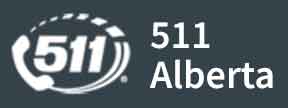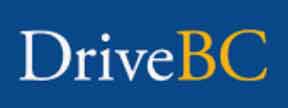Every day there are situations where you need to yield to another vehicle, pedestrian or cyclist. Failing to yield may seem harmless but it’s a high-risk driving behaviour that leads to crashes.
The high-risk driving campaign aims to change driver attitudes and behaviours.
Yielding and intersection safety tips from ICBC:
- When making a left-hand turn at an intersection controlled by traffic lights, don’t rush, yield to oncoming traffic, including cyclists and motorcyclists, as well as pedestrians. Don’t panic if the light turns yellow while you’re waiting to make a left-hand turn. You’re legally allowed to complete your turn if you’re already in the intersection, but watch for approaching vehicles, especially for drivers trying to beat the red light.
- To determine whether the gap in traffic is enough to allow for a safe left-hand turn, consider the speed of oncoming vehicles, the time it will take to complete the turn and accelerate to the speed of traffic.
- If there is any doubt about who has the right-of-way or if there is any chance of a crash, it’s always better to yield to the other person.
- Always yield to pedestrians and follow directions from crossing guards and traffic control people.
- When crossing a bike lane to turn right or to pull to the side of the road, be sure to signal well ahead and yield to cyclists.
- Always yield to emergency vehicles displaying flashing lights and sirens. All traffic moving in both directions must stop. (Exception: if you’re on a divided highway and the emergency vehicle is on the other side of the median, you may not need to stop.)




